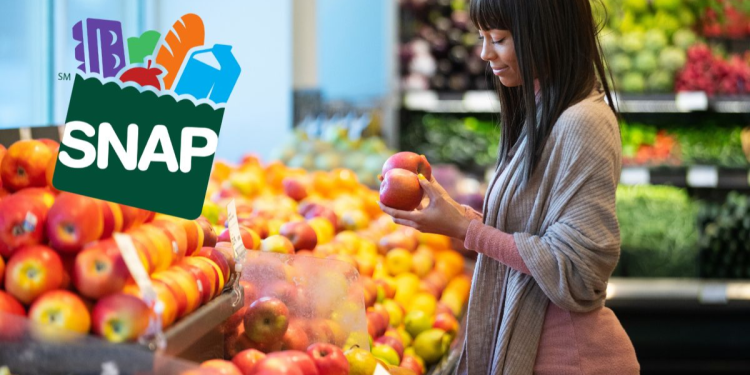As November approaches, millions of Americans who rely on the Supplemental Nutrition Assistance Program (SNAP), commonly known as food stamps, are preparing to receive their monthly benefits. SNAP is designed to help low-income individuals and families afford groceries, and the payment schedule for November varies by state. Below is a detailed overview of how the program works and the specific payment dates for each state.
What is SNAP?
This Article Includes [hide]
The Supplemental Nutrition Assistance Program (SNAP) is a federal initiative aimed at providing financial aid to low-income households so they can purchase food. SNAP benefits are distributed monthly through Electronic Benefit Transfer (EBT) cards, which can be used at participating grocery stores and supermarkets.
The amount of assistance varies depending on several factors, such as the size of the household, total income, and specific needs. The maximum benefit for November 2024 can reach up to $292, although individual payments may be lower based on a family’s specific circumstances.
SNAP Payments for November 2024
In November, states will distribute SNAP benefits according to their established schedules. Payment dates may differ depending on state policies, household income, and even the last digits of a recipient’s Social Security Number (SSN) or case number.
Here is a breakdown of the payment schedules for November by state:
- Alabama: November 4–23
- Alaska: November 1
- Arizona: November 1–13
- Arkansas: November 4–13
- California: November 1–10
- Colorado: November 1–10
- Connecticut: November 1–3
- Delaware: November 2–23
- District of Columbia: November 1–10
- Florida: November 1–28
- Georgia: November 5–23
- Guam: November 1–10
- Hawaii: November 3–5
- Idaho: November 1–10
- Illinois: November 1–10
- Indiana: November 5–23
- Iowa: November 1–10
- Kansas: November 1–10
- Kentucky: November 1–19
- Louisiana: November 1–23
- Maine: November 10–14
- Maryland: November 4–23
- Massachusetts: November 1–14
- Michigan: November 3–21
- Minnesota: November 4–13
- Mississippi: November 4–21
- Missouri: November 1–22
- Montana: November 2–6
- Nebraska: November 1–5
- Nevada: November 1–10
- New Hampshire: November 5
- New Jersey: November 1–5
- New Mexico: November 1–20
- New York: November 1–9
- North Carolina: November 3–21
- North Dakota: November 1
- Ohio: November 2–20
- Oklahoma: November 1–10
- Oregon: November 1–9
- Pennsylvania: November 3–14
- Puerto Rico: November 4–22
- Rhode Island: November 1
- South Carolina: November 1–10
- South Dakota: November 10
- Tennessee: November 1–20
- Texas: November 1–28
- Utah: November 5, 11, and 15
- Virgin Islands: November 1
- Vermont: November 1
- Virginia: November 1–7
- Washington: November 1–20
- West Virginia: November 1–9
- Wisconsin: November 1–15
- Wyoming: November 1–4
How to Maximize SNAP Benefits
The maximum SNAP benefit for certain households can be as high as $292, but the actual amount is calculated based on individual family needs. Factors like household size, income, and state-specific guidelines play a role in determining how much each recipient will receive.
It’s also important to note that SNAP benefits do not roll over from month to month, so recipients should budget carefully to ensure they use their benefits effectively throughout the month.
Can You Receive Both SNAP and Social Security?
Yes, individuals can receive both SNAP and Social Security benefits. Many retirees and people with disabilities may qualify for additional food assistance under SNAP, even if they already receive Social Security retirement or disability payments.
However, total household income, including Social Security payments, is considered when calculating SNAP benefits. This means that higher Social Security income could reduce a household’s eligibility for SNAP assistance.
Conclusion
SNAP continues to be a vital resource for millions of low-income Americans, helping them afford groceries and meet their nutritional needs. As November approaches, beneficiaries should stay informed about their state’s payment schedule and any factors that could impact the amount they receive. By understanding the eligibility criteria and combining SNAP with other benefits like Social Security, families can better manage their finances and ensure they have access to essential food resources.


